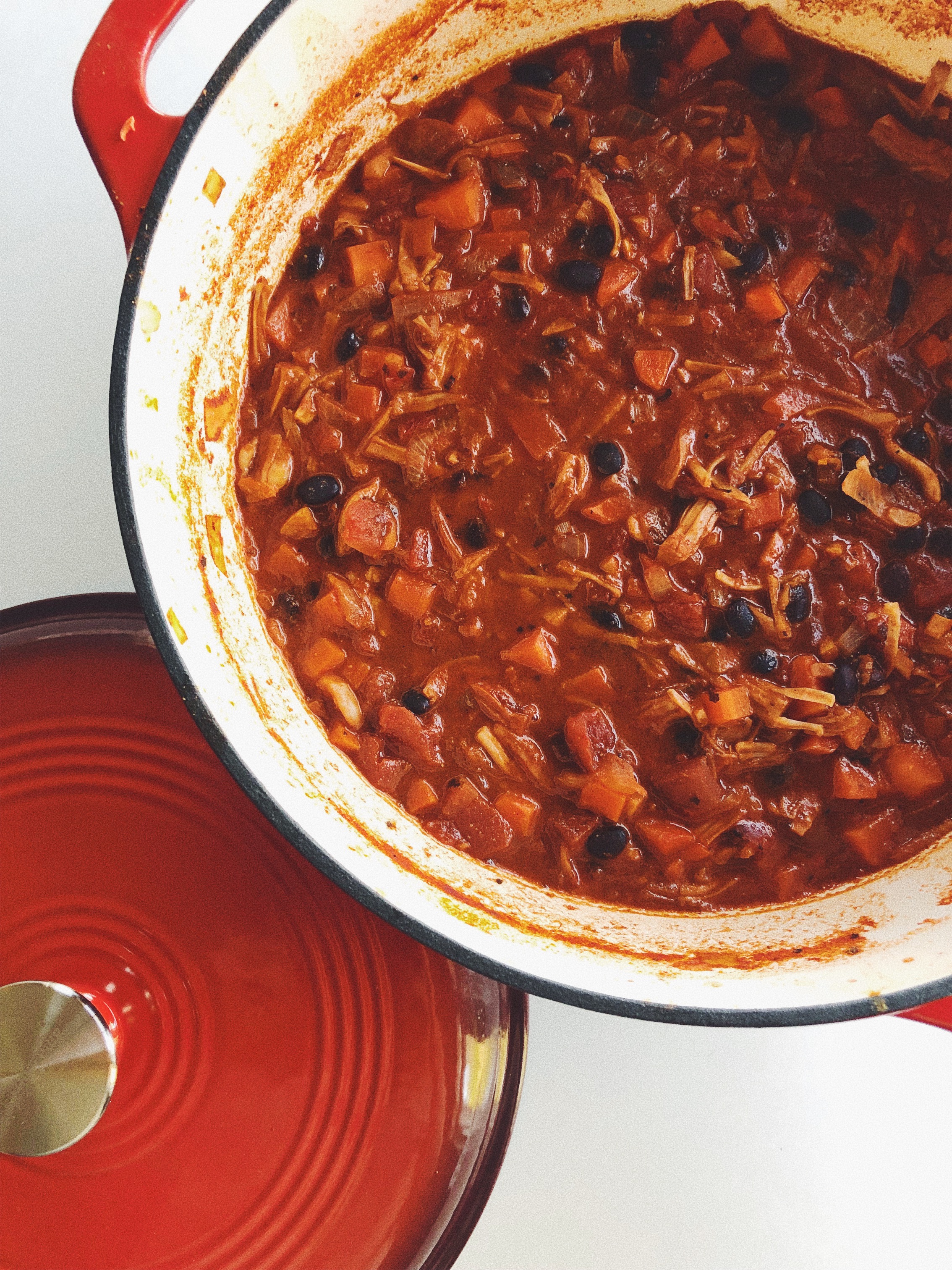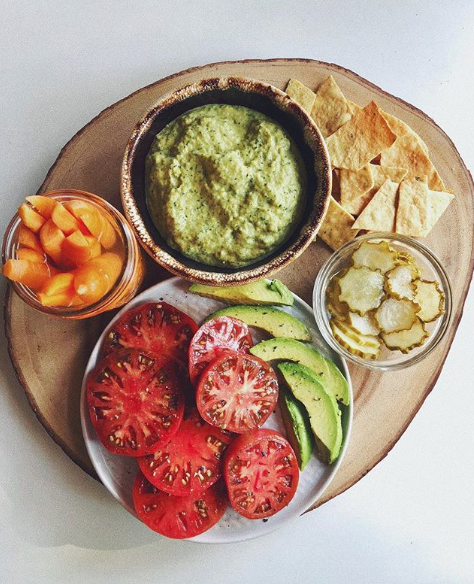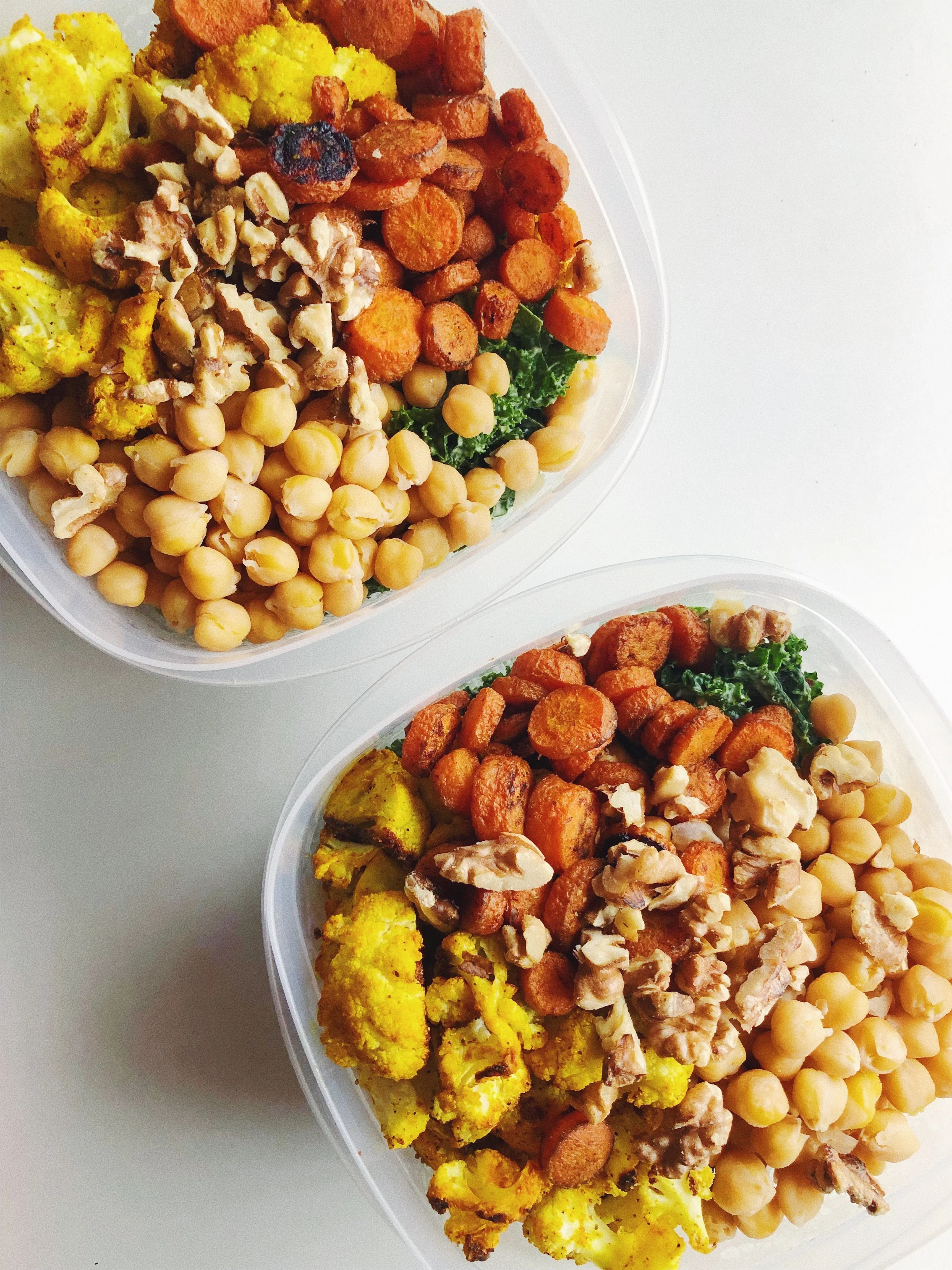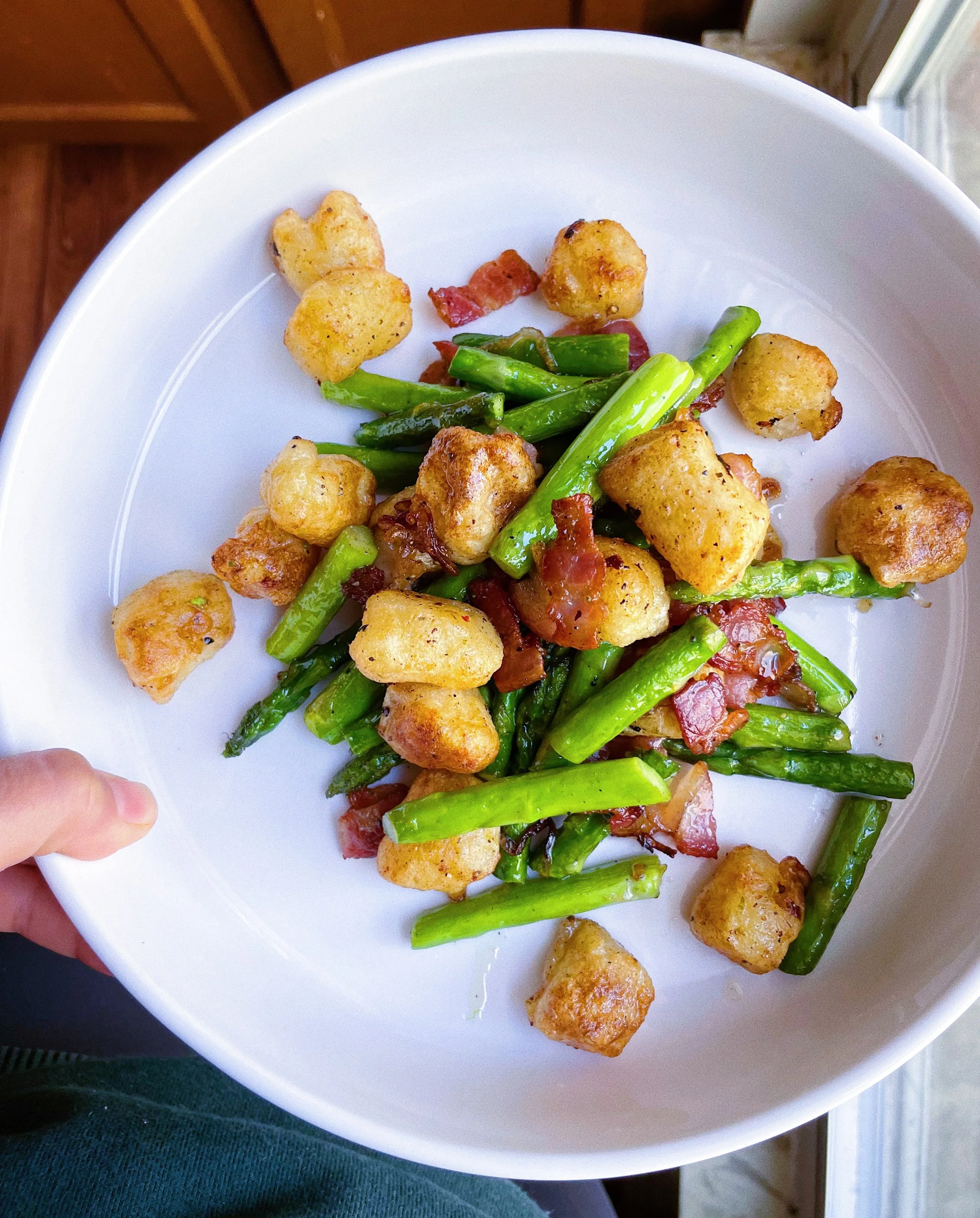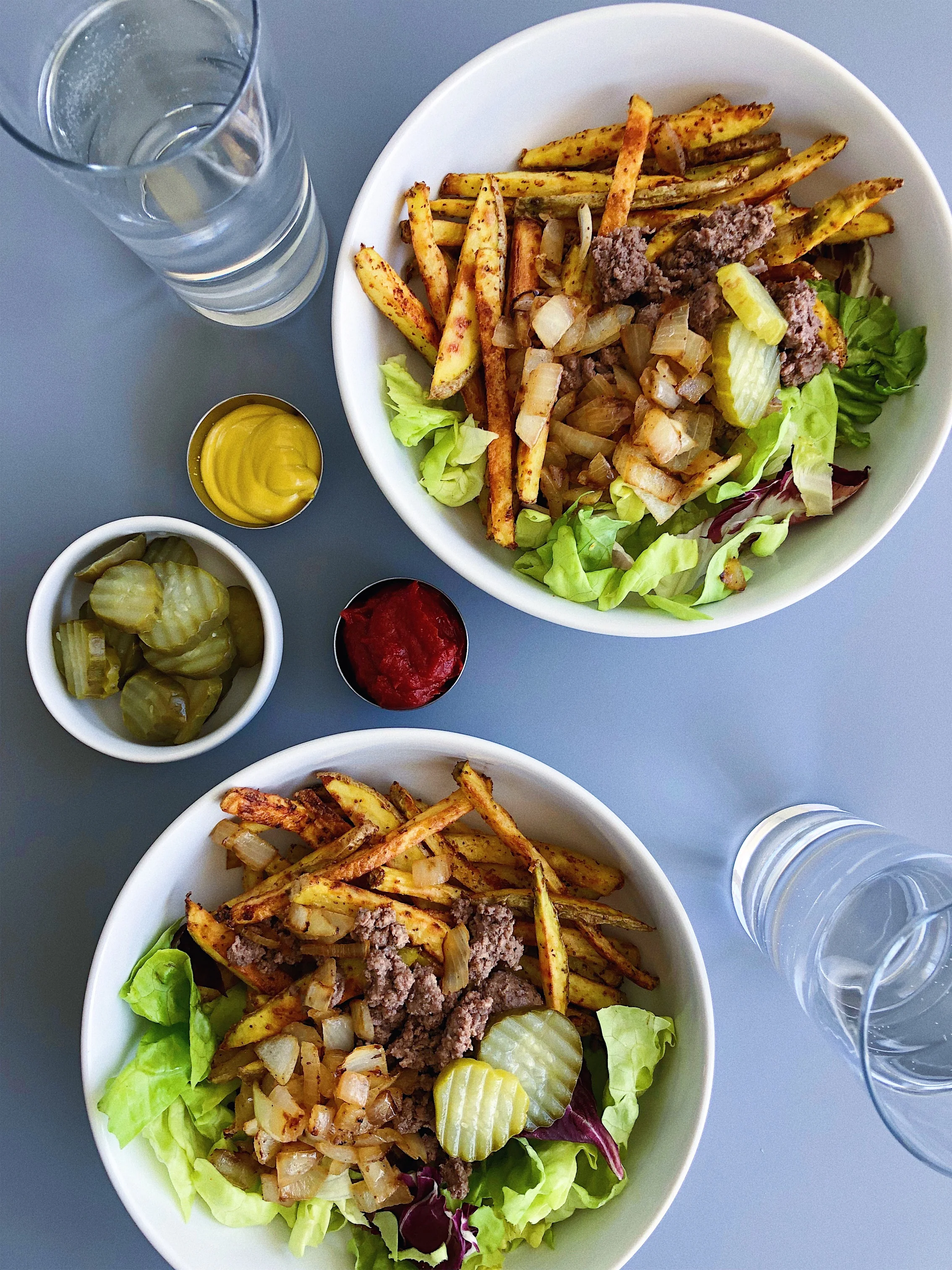Ayurveda is the traditional holistic healing system of India. It is one of the three oldest surviving comprehensive herbal medicine systems. The focus of Ayurvedic medicine is prevention, balance, healing and nourishment through food and herbs. Ayurveda was developed over centuries of patient observation and experimentation - before chemistry or microscopes, which is pretty amazing!
Ayurveda focuses on longevity and good health. It incorporates diet, exercise, activities, routines, massage and botanical medicine.
The 5 Elements
First let’s get acquainted with the five elements - earth, water, fire, air, ether (space). These elements inform how Ayurveda describes certain energies - grounding, cooling, warming, moistening, drying, etc. All these elements are present in the body at all times, just in different and varying amounts. Elements can be affected by our environment, diet, exercise, and even our emotional state.
Another foundation of Ayurveda are the doshas. Doshas underlie the theoretic foundation of Ayurvedic diagnosis and therapeutics. Your dosha = your constitution - basically, your tendencies. It covers everything from your body type to your emotional disposition to your tendency toward illness. In Ayurveda, disease is believed to be caused by imbalanced doshas. Ideally, we would have equally balanced doshas. “From the Ayurvedic point of view, all functions occurring in your body at any moment are a result of the doshas. Every single action affects their balance. The three doshas are ebbing or flowing in the body at any given time.” (1)
The 3 Doshas
Vata - the air type. They tend to be creative, nervous, restless or spacey. Their body type tends to be thin, willowy and fragile.
Pitta - the fire type. Pittas tend to be fiery, passionate, colorful, argumentative, competitive, leaders, decisive, convincing. They typically have a normal build, they can be thin and have good muscle definition.
Kapha - the earth type. They’re considered grounded, conservative, loyal, slow, calm and steady. They tend to be a bigger build and can put on weight easily.
Some people are just one dosha, lots of people are a mix of two. Some people are tri-doshic, meaning they have a good balance of all three doshas, but most of us have a dominant dosha. We are all born under a certain dosha - with certain dominating tendencies, but our dosha can change over our lifetime if we acquire certain imbalances. For example, I’m a Kapha-Pitta but that doesn’t mean that I won’t have a Vata imbalance at some point. In this case, I would first be treated for my Vata imbalance. Ayurvedic practitioners take both of these doshas (your main one and your present imbalance) into account.
There is a huge focus on the gut and digestion in Ayurveda. In Ayurveda, digestion is thought of as a fire that needs to be continually stoked. Too many cold, damp or raw foods can make digestion challenging - which is why there’s a big focus on cooked foods and room temperature or warm beverages/foods. We want to keep the fire stoked. We’re only as good as what we can digest. This is in line with the functional and holistic perspectives in medicine that are becoming more and more prevalent in our culture’s approach to health.
Each season also has a dosha assigned to it - summer is Pitta (heat), fall is Vata (cold, dry), winter can be both Vata and Kapha (wet, heavy) and spring is Kapha (damp). Of course, this can vary depending on where exactly you live.
Here’s a good Dosha Quiz if you don’t know what yours is. I would recommend Googling “dosha quiz” and taking a few others to compare.
The 6 Tastes
Ayurveda talks about foods and herbs in terms of the 6 “tastes” - sweet, sour, salty, bitter, pungent, astringent. Let’s look at what these tastes indicate:
Sweet (decreases Vata and Pitta, increases Kapha) - can literally be sugar and fruit but most grains are also considered sweet, dairy
Sour (decreases Vata, increases Pitta and Kapha) - lemon, vinegars, fermented foods
Salty (decreases Vata, increases Pitta and Kapha) - salt, sea vegetables, tamari, olives
Pungent (increases Vata and Pitta, decreases Kapha) - hot peppers, ginger, onions, garlic, mustard, hot spices
Bitter (increases Vata, decreases Pitta and Kapha) - raw green vegetables, turmeric, green, black and most herbal teas
Astringent (increases Vata, decreases Pitta and Kapha)- beans, legumes, green grapes, cranberries, pomegranates, okra
Food is commonly used to help balance the doshas. By eating for your type and taking into account the season you’re in, you can tailor and shift your diet to support optimal balance. There are other lifestyle practices that can help you align with the energy of the season. For example, most of us naturally experience a slowing down and turning inward in the fall and winter, as the days get shorter and darker. You may sleep more, dial down intense exercise and spend more time nesting and reflecting. In the summer, the days are longer and you likely feel more energized. The energy is expansive - you might be spending more time being social and going to events.
We have a natural inclination to seasonal foods, too. In the summer you probably eat lighter, eat more raw and cooling foods. In the winter you probably tend toward cooked foods, warm foods, soups, stews and warming spices (and yes, pumpkin spice lattes count).
By taking your own personal dosha into account, you can eat in such a way and incorporate lifestyle practices that supports balanced energies and health. For example, if you’re a Pitta and it’s summer you’ll want to focus on cooling foods like coconut water and cucumber. If you’re a Kapha and it’s winter/spring you’ll want to focus on warming and drying foods to help balance the dampness of Kapha.
This is the basic framework of Ayurveda! Once you know your dosha, you can start looking into specific foods, herbs and lifestyle practices that will help you stay balanced. It’s a totally different way of thinking and describing foods and practices, but by continuing to read and research on it, the vocabulary will come more naturally to you. I’ll be continuing to add articles with more specific recommendations and focus on foods for the three doshas. Stay tuned!
Any questions? Please leave them below!




